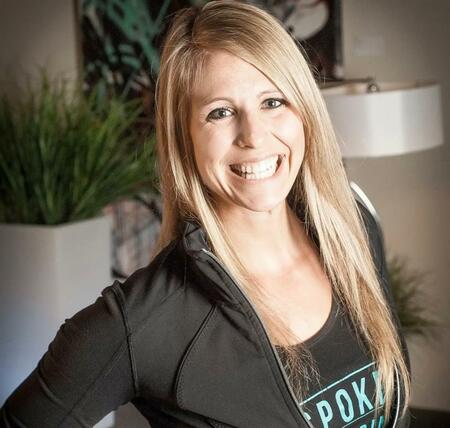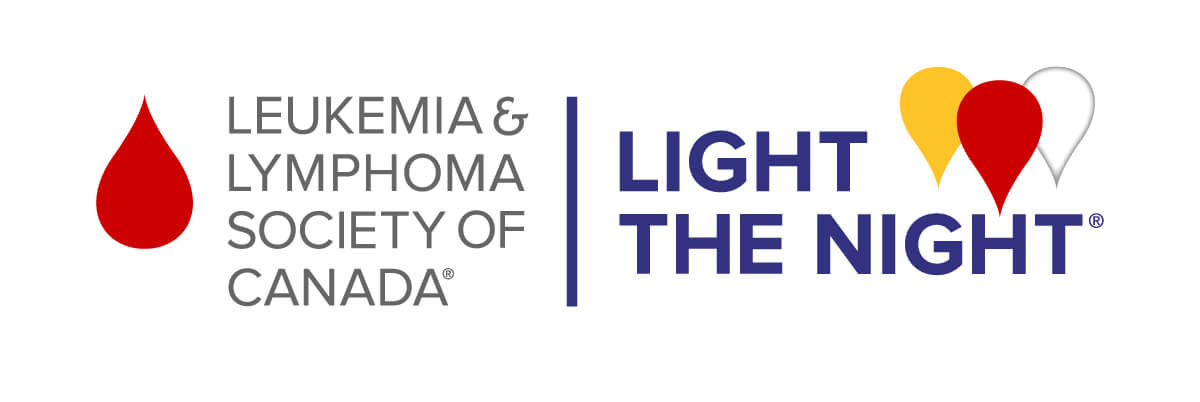
Anna Dabrowski
Vancouver BC
Canada
I was diagnosed with Acute Myelogenous Leukemia on September 28th, 2004. High school volleyball season had started and our club basketball try-outs were in flight. I’d get very winded during layup drills, but I chalked it up to not enough practice. I started to get very high fevers nightly, I frequently felt light headed, and I’d wake to the sounds of a lawn mower in my ear (there was no one mowing their lawn outside). The first time I went to see a doctor, I was sent home with the flu - the second time, “Maybe mono. Just go home and rest”. Finally, my mom requested a blood test and a few hours later, my family was called into the children’s hospital.
I was 16, just starting Grade 11 and I loved basketball so much that when my oncologist told me the news, I immediately and only inquired whether I would still be able to play basketball. I was instead admitted to the Alberta Children’s Hospital and proceeded to spend the majority of the following eight months in hospital. The acute nature of AML and its aggressive treatment meant that I would not go back to school that year, and I barely had the strength to get out of bed, let alone become the first woman in the NBA.
No one in my immediate family was a genetic match to proceed with a bone marrow transplant, so I underwent four rounds of chemotherapy. Those months were a blur, not that they went by fast, but that I was very in and out of consciousness for most of them. I was very sick from the chemotherapy, sometimes vomiting 8-9 times a day, and I lost my hair in that first month starting treatment - one of the more traumatic events for a teenage girl. In between rounds of chemotherapy, once my white blood cell count reached an acceptable level, I would finally get day passes to go home. These enjoyable moments were fleeting as we had direct orders to return to the hospital as soon as I had a fever. It often goes unmentioned but the fear isn’t solely that the cancer will kill you, rather, the infections that invade when your immune system is compromised from the chemo cocktail. As soon as we saw the thermometer suggest a fever, I’d be readmitted to the cancer ward, starting rounds of antibiotics to fight the infections. These treatments were often just as painful, sometimes worse. Aside from the multitude of physical symptoms, the mental and emotional effects were significant. I was incredibly lucky to have the support of my family, with a few great friends sticking by my side. My mom, the real rock star, slept on a cot in my room every night. I am extremely grateful for their love and support but I was very lonely. This was before the days of social media and the ease of sending a DM - unless someone physically made the effort to visit me (often difficult being in the quarantine room), they fell off. Without social media, support programs or psychological support, I felt extremely disconnected and I yearned to connect with others who may be experiencing the same things.
Life immediately after cancer was undoubtedly the most difficult. When you’re undergoing treatment, you have one focus - survive. But once you’re released back into the “real” world, the trauma, uncertainty, anxiety and fear of recurrence cloud every experience of figuring out how to live. It’s been almost 20 years since I was diagnosed and it took me the better half of those years to heal and build strong foundations. I recently wrote an article that discusses habits I’ve diligently maintained to help me thrive after cancer: movement (exercising 5-6 times a week), mindfulness (building a meditation practice - I love the Waking Up app) and a focus on marginal gains (getting better little by little every day). Above all else, I am filled with gratitude for this second chance at life, and I do not take it for granted.
Just over a year after completing treatment, I ran my first full marathon with Team in Training and raised over $5k for the LLSC. As a participant, I felt supported in a community of mentors and participants who had been touched by blood cancers in some capacity. I was hooked on the Society's mission and went on to complete another full and half marathon, as both a participant and mentor. In a similar vein, I became a regular attendee for the Light the Night walk. The recent NYT bestselling author, Suleika Jaoud, wrote an incredible memoir of her experiences with AML, articulating the significance of these connections - “Trauma has a way of dividing your view of the world into two camps: those who get it and those who don’t.” While I didn’t get to leverage many of these community opportunities during treatment, they made a significant mark on my path to healing, connecting me to so many in the camp that “got it”.
While I knew the funds raised would be applied to lifesaving blood cancer research around the world, I didn’t quite grasp how much of a difference these dollars would have. I’ve recently had the incredible privilege of attending an LLSC event that hosted Dr. Lawrence Meyer. Dr. Meyer discussed the impact of a promising AML treatment, created by his team, whose funding and approval was made possible with the help of the LLS. I completely fan-girled over Dr. Meyer and the work he had done to make progress on the prognosis and to instill hope following an AML diagnosis. My further deep dives into the grant programs, funding projects and hope delivered by the LLSC have only solidified my involvement with this community.
